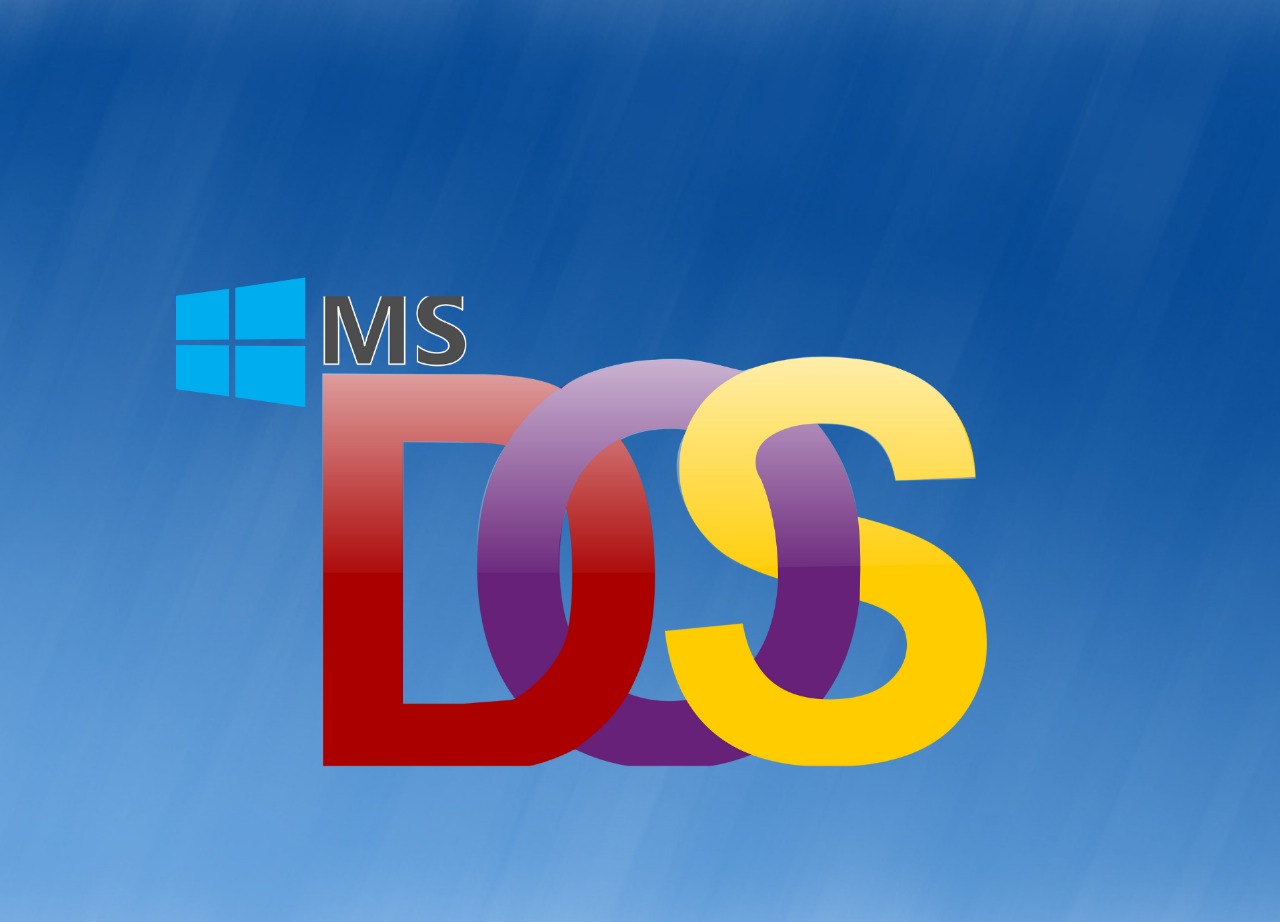MS-DOS (Microsoft Disk Operating System) was one of the earliest operating systems that made personal computers useful and popular. It might look plain compared to modern systems, but in the 1980s and early 1990s, MS-DOS was a big deal—it was the heart of computing.

The Beginning
In 1981, IBM wanted an operating system for its new personal computer. Microsoft, led by Bill Gates, bought a simple system called QDOS (Quick and Dirty Operating System) from a small company, improved it, and renamed it MS-DOS.
That single move changed Microsoft’s future forever. When IBM PCs became successful, MS-DOS became the standard system for nearly every computer.
How MS-DOS Worked
MS-DOS didn’t have fancy graphics or icons. Instead, users typed commands on a black screen to make the computer do things. It sounds tough today, but back then, it was powerful and efficient. You could open files, copy data, or even format disks—all by typing a few words.
Here are some basic MS-DOS commands people used every day:
| Command | Purpose | Example Usage |
| DIR | Shows the list of files and folders in the current directory | DIR C:\ |
| CD | Changes the directory (folder) | CD DOCUMENTS |
| COPY | Copies files from one location to another | COPY FILE1.TXT D:\BACKUP |
| DEL | Deletes a file | DEL OLDNOTE.TXT |
| MD or MKDIR | Creates a new folder | MD NEWFOLDER |
| RD or RMDIR | Removes a folder | RD TEMP |
| CLS | Clears the screen | CLS |
| EXIT | Closes the MS-DOS session | EXIT |
| TYPE | Displays the content of a text file | TYPE NOTES.TXT |
| FORMAT | Formats a disk for use | FORMAT A: |
Each command had to be typed carefully. A small mistake, like deleting the wrong file, could cause trouble. But for many early computer users, typing these commands felt like talking directly to the machine.
MS-DOS Versions and Growth
The first version, MS-DOS 1.0, was released in 1981. It was very simple and could only manage floppy disks. Later versions like MS-DOS 2.0, 3.0, and 5.0 brought big improvements—support for hard drives, better memory management, and more commands.
By the early 1990s, MS-DOS was everywhere. It became the foundation on which Microsoft built Windows, which originally ran on top of MS-DOS.
Transition to Windows
As computers evolved, people wanted systems that were easier to use. Typing commands felt old-fashioned compared to clicking icons and using a mouse. So, Microsoft developed Windows, which started as a graphical layer running on MS-DOS.
With Windows 95, MS-DOS began fading away. However, traces of it still remain in modern Windows through the Command Prompt, where many DOS commands still work.
MS-DOS Legacy
Even though MS-DOS is no longer used in modern computers, it remains an important part of computing history. Many programmers still learn it to understand how early systems worked. Its simple, command-based structure taught generations of people how computers “think.”
Every time you open the Command Prompt or run a terminal command, you’re using a descendant of MS-DOS.
Conclusion
MS-DOS was more than just an operating system—it was the foundation of personal computing. It turned ordinary people into computer users and gave Microsoft a path to build the Windows empire.
Though its screen was black and its commands simple, its impact was huge. MS-DOS walked so Windows could run.
FAQs
1. What does MS-DOS stand for?
Microsoft Disk Operating System.
2. Who developed MS-DOS?
It was developed by Microsoft, originally based on QDOS.
3. When was MS-DOS released?
In 1981, for IBM’s first personal computer.
4. What made MS-DOS special?
It was simple, fast, and became the standard system for early PCs.
5. Is MS-DOS still used today?
Not as a main system, but many DOS commands still work in Windows Command Prompt.




